
Giannis AntetokounmpoPatrick McDermott/Getty Images
If you’ve paid much attention to the NBA over the last 20-30 years, the disparity between the league’s Eastern and Western conferences has likely crossed your mind.
The West has comfortably been better since Michael Jordan’s final retirement. The numbers back that up—but that’s not all. The eye test does, too. For decades, offenses have felt higher octane in the West. The competition level was higher. The games were more competitive.
This season, all of the above feels even more pronounced.
What’s behind the disparity? More importantly, how might the league fix (or at least reduce) it?
Scroll below to find out.
Preseason Contenders Stumbling out of the Gates
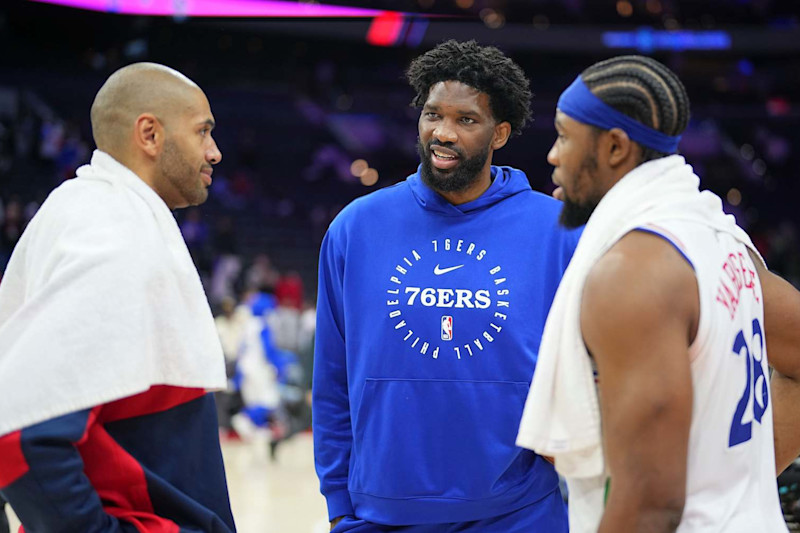
Nicolas Batum, Joel Embiid and Guerschon YabuseleMitchell Leff/Getty Images
Before the 2024-25 campaign tipped off, it seemed pretty safe to pick the Boston Celtics to come out of the East, but it also felt like there would be some genuine challenges on their side of the bracket.
The Philadelphia 76ers extended Tyrese Maxey, signed Paul George (the free-agent market’s biggest gettable name) and filled out the rest of the roster with proven veterans. A month into the season, their chances to land the No. 1 pick in the draft are higher than their chances to make the playoffs.
The Milwaukee Bucks, with a full offseason to develop continuity and chemistry between Giannis Antetokounmpo and Damian Lillard, started the season 2-8 (though they’ve flown up the standings in recent weeks).
The New York Knicks, which added Karl-Anthony Towns and Mikal Bridges over the summer, were under .500 through their first 11 games.
The Indiana Pacers, which were Eastern Conference finalists in 2024, are still below .500.
The reasons for the slow starts—and in some cases, still underwhelming records—are varied. Joel Embiid’s health pretty much determines how Philadelphia’s seasons will go. Milwaukee’s role players needed some time to catch up to Giannis Antetokounmpo. The new Knicks needed time to jell. And Tyrese Haliburton is still finding his way out of a slump that almost seems to date back to last season’s injury.
Regardless of how they got to where they are, one thing is true of all of the above: These teams feel far less threatening to Boston than they did prior to the season.
Now, the Cleveland Cavaliers and Orlando Magic both look better than some may have expected, but they haven’t been able to eliminate the dip entirely.
Bucks Can Bounce Back…
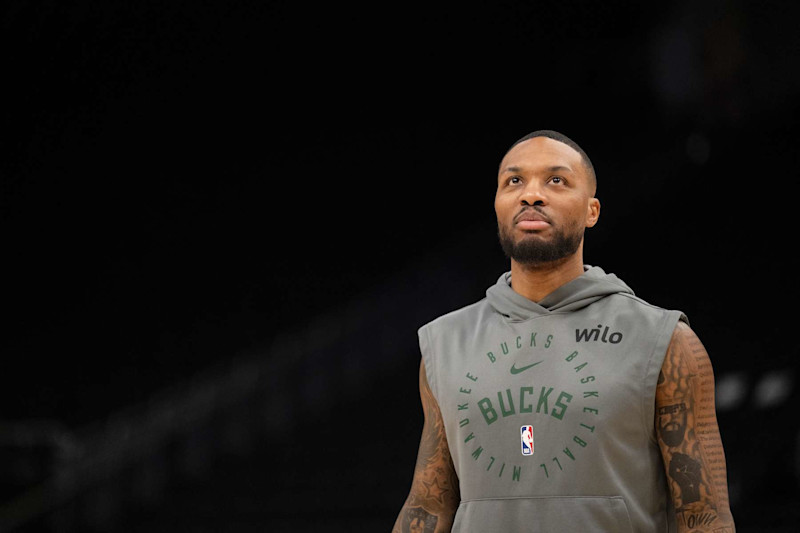
Damian LillardPatrick McDermott/Getty Images
Of course, it’s still early. And the Bucks are already showing signs that their cold start might wind up being little more than a blip over the course of the season.
They’re 7-1 in their past eight games, most recently beating the Miami Heat without Giannis. And if there’s one thing the East has taught us over the last 20-30 years, it’s that one superstar can elevate a team on that side of the bracket all the way to the Finals.
Jimmy Butler’s done it twice with the Miami Heat. LeBron James represented the conference on the league’s biggest stage in each and every Finals from 2011 to 2018.
And a healthy Giannis is absolutely good enough to get his Bucks back to the league’s last series.
In part because of the conference it’s in, Milwaukee has the easiest remaining strength of schedule in the league. Home-court advantage in the first round of the playoffs is still very much in play.
Especially, again, with Giannis.
Through 16 games, he’s averaging a league-best 32.4 points, 11.9 rebounds, 6.4 assists and 1.4 blocks.
…but the 76ers Won’t
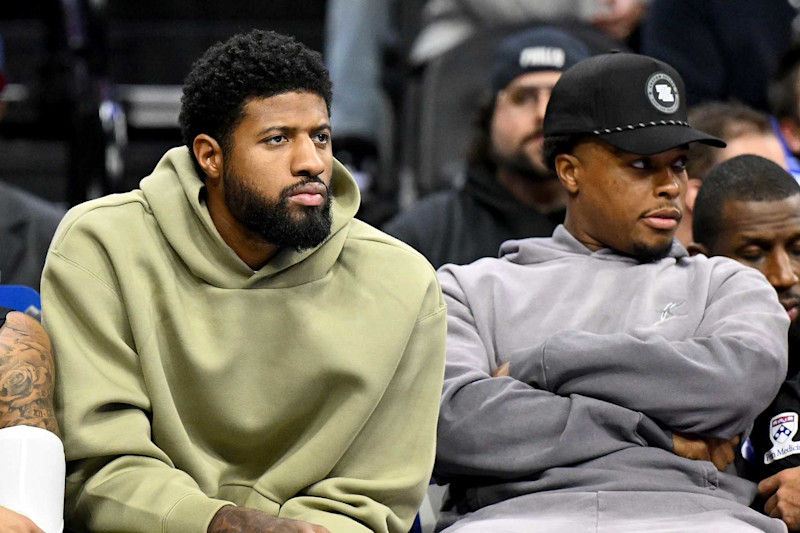
Paul George and Kyle LowryG Fiume/Getty Images
On the other hand, although we’re not even to December, it might be relatively safe to count the Sixers out.
George has already hyperextended his knee twice (once in the preseason, and then again in the regular season). Embiid is consistently missing games managing his own knee injury.
And perhaps most importantly, Philadelphia only keeps its 2025 first-round pick if it lands in the top six. With this draft class as loaded as it is, there’s a real incentive to just keep losing.
Regardless of whether Embiid is ever the healthy, MVP-like version of himself again, a core with Maxey, Jared McCain (one of this campaign’s lone bright spots) and any one of Cooper Flagg, Ace Bailey, Dylan Harper or Egor Demin is exciting.
And though the weakness of the middle of the East means Philadelphia is far from mathematically out of the chase for a playoff spot, one of those prospects could motivate the organization to be extra cautious with Embiid and George.
The more those two are out, the more the Sixers should lose. The more they lose, the brighter their post-2024-25 future potentially becomes.
When East Meets West
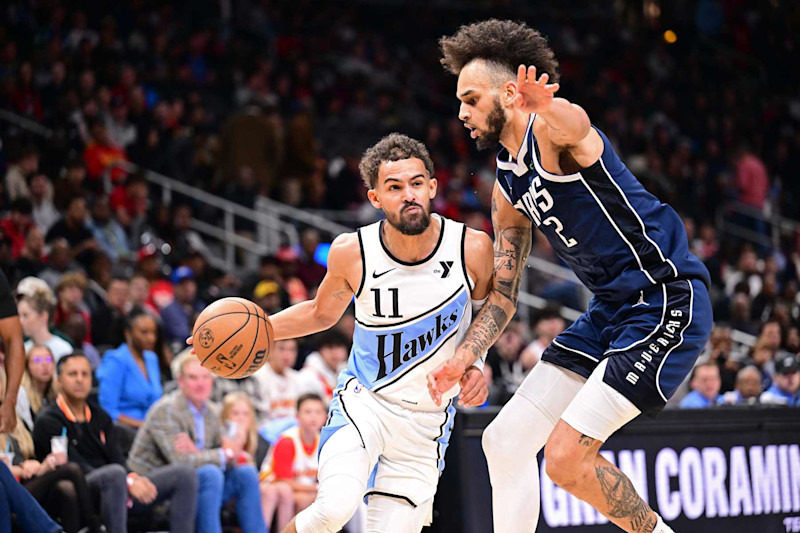
Trae Young and Dereck Lively IIAdam Hagy/NBAE via Getty Images
The gap has narrowed on this number a bit over the last week, but through games played on Monday, the East is just 29-45 against the West in 2024-25.
And one of the teams that’s actually performing well against the varsity conference got half its wins against one of the West’s few bad teams.
The Cavs are 4-0 against the opposite conference. That record includes wins over the Los Angeles Lakers and Golden State Warriors, but it also includes two victories over the reeling New Orleans Pelicans.
The West, meanwhile, has just one team (New Orleans) that is below .500 in games against the East.
It’s not rare for the Western Conference to have a better record against the East, but the difference is even more pronounced than usual.
When East Meets East
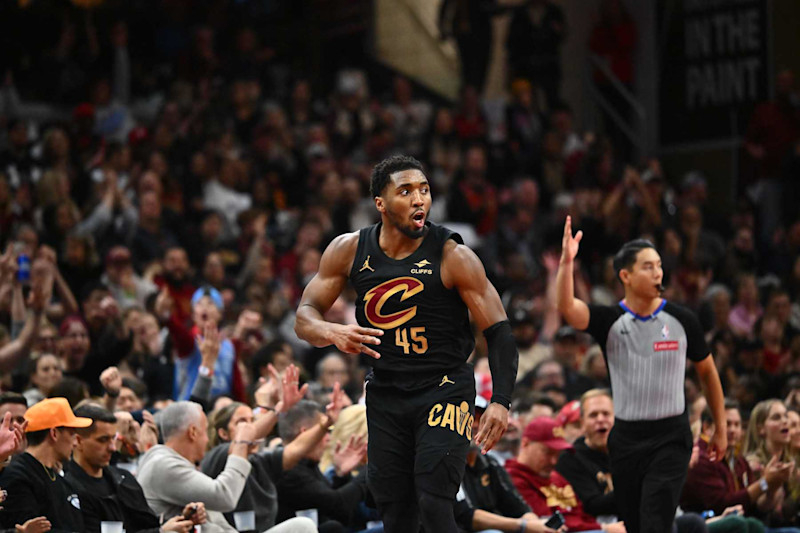
Donovan MitchellJason Miller/Getty Images
Of course, being in the Eastern Conference also means the bulk of your schedule will be against other Eastern Conference foes. And that can artificially juice a team’s record.
Imagine knowing you have the Washington Wizards on the schedule four times every year. Or think about a star being able to boost his individual numbers against several teams with around half as many wins as losses.
Cleveland’s 15-0 start was impressive, but included wins over the Toronto Raptors (twice), Detroit Pistons, Wizards, Milwaukee (two times before the Bucks turned things around), Chicago Bulls (twice), 76ers and Charlotte Hornets.
No one will (or should) argue that the reigning champs are a paper tiger, but the Celtics’ record and numbers are certainly helped by the fact that they’ve only played three games against the West.
And when there is one dominant team in the East—like the current Celtics or LeBron’s Heat or Cavaliers—the playoff path to the Finals is undoubtedly easier than it is for anyone in the West.
If the playoffs started today, each of the top three teams in the East would face a sub-.500 squad in the first round. On the other side of the bracket, the Dallas Mavericks are currently outside the top eight. They’d be in the mix for a top-four seed in the East.
Two-plus Decades of Western Conference Dominance…

Dirk Nowitzki and Tim DuncanChris Birck/NBAE via Getty Images
Since the start of the 2003-04 campaign (the first of MJ’s permanent retirement), the East is a combined 4,082-5,099 against the West.
That winning percentage is .445, or around a 36-win pace for an individual team. And that mark obviously includes some of LeBron’s best teams, the perennial powerhouse Detroit Pistons with Chauncey Billups, several good Celtics rosters and a handful of other impressive individual teams.
But they were nowhere near good enough to make up the overall gap between the conferences.
Over the same stretch (2003-04 through today) most of the top of the wins over replacement player leaderboard spent the bulk of their careers in the West.
Chris Paul, Kevin Durant, James Harden, Stephen Curry, Nikola Jokić, Dirk Nowitzki, Russell Westbrook, Tim Duncan, Kevin Garnett, Kobe Bryant, Anthony Davis and Damian Lillard are all in the top 15. Even LeBron, who’s first on that list, has been in L.A. for over six seasons.
And perhaps most striking, of the 315 All-NBA nods given since the start of 2003-04, 204 went to players on Western Conference teams.
The unbalance here isn’t new. It’s plagued the NBA for as long as LeBron has been in the league, and it might finally be time to address it.
…for a Variety of Reasons
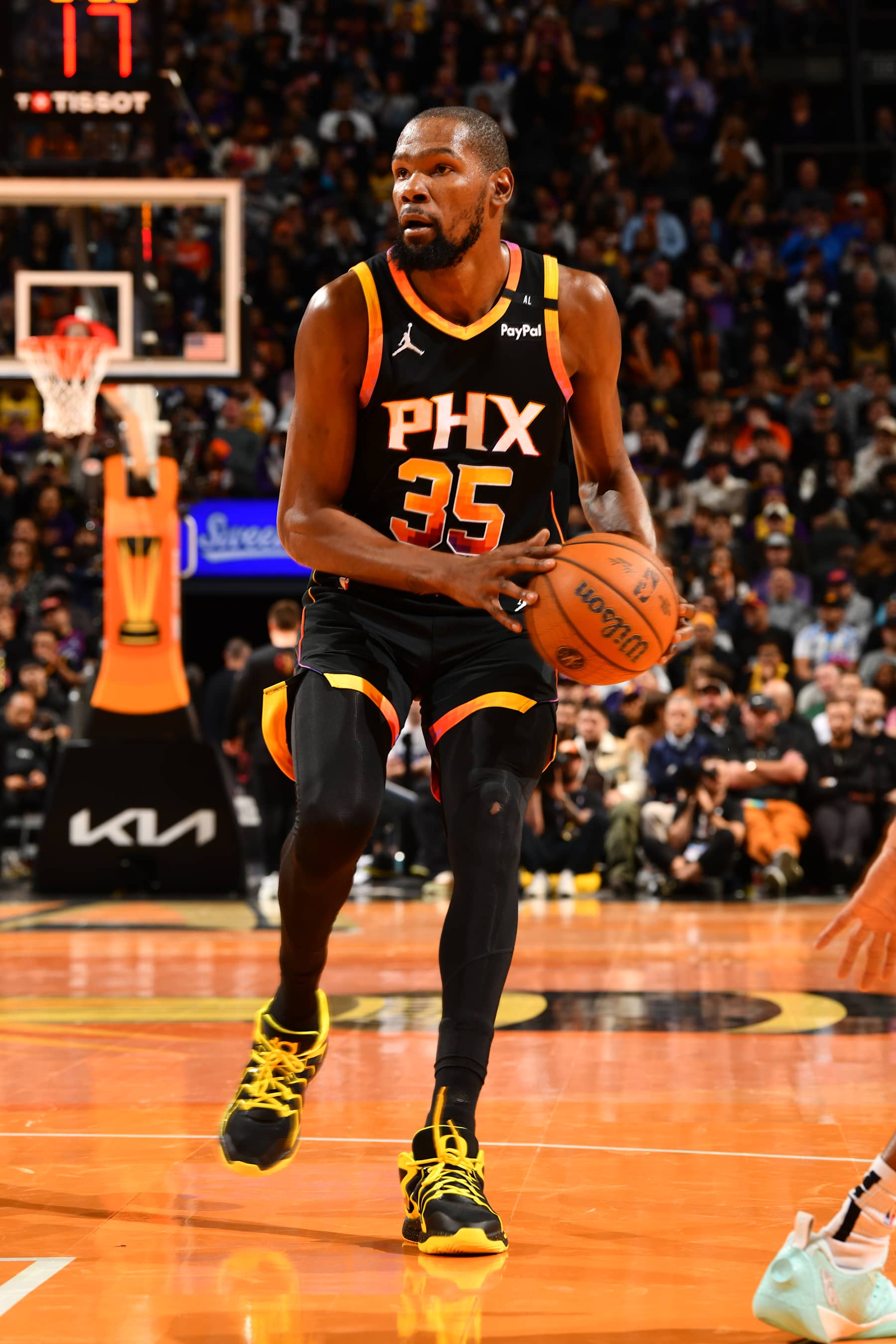
Kevin DurantBarry Gossage/NBAE via Getty Images
One league executive helped diagnose the issue in a conversation with Bleacher Report, and the general takeaway is that there really isn’t any one reason.
It’s a sum of several things he outlined, including:
- Weather;
- Lottery luck (or lack thereof);
- Talent in Western Conference front offices;
- The league not really considering the disparity a problem;
- And plenty more.
The West has more NBA cities with year-round sunshine, a big selling point for a winter sport. The league holding All-Star weekend in cold Eastern Conference cities is hurting the perception of those spots with players, too.
For example, a free agent may be debating between Phoenix and Toronto, but he remembers the coldest he ever was being in Toronto for those festivities.
Texas not having a state income tax was mentioned, as well. And California’s taxes can be offset by the glamour of living in, well, California.
Good old-fashioned luck is certainly part of the equation, too.
Over the last 20-25 years, some of the No. 1 picks that started in the East include Kwame Brown, Andrea Bargnani, Derrick Rose (who started hot but had his career derailed by injuries), John Wall, Anthony Bennett, Ben Simmons and Markelle Fultz.
The jury is still out on Zaccharie Risacher (obviously) and Cade Cunningham, but early returns suggest they may not be surefire franchise changers, either.
Throw all of that into a stew together, and you can start to see how this issue has persisted for over two decades.
Restoring Balance
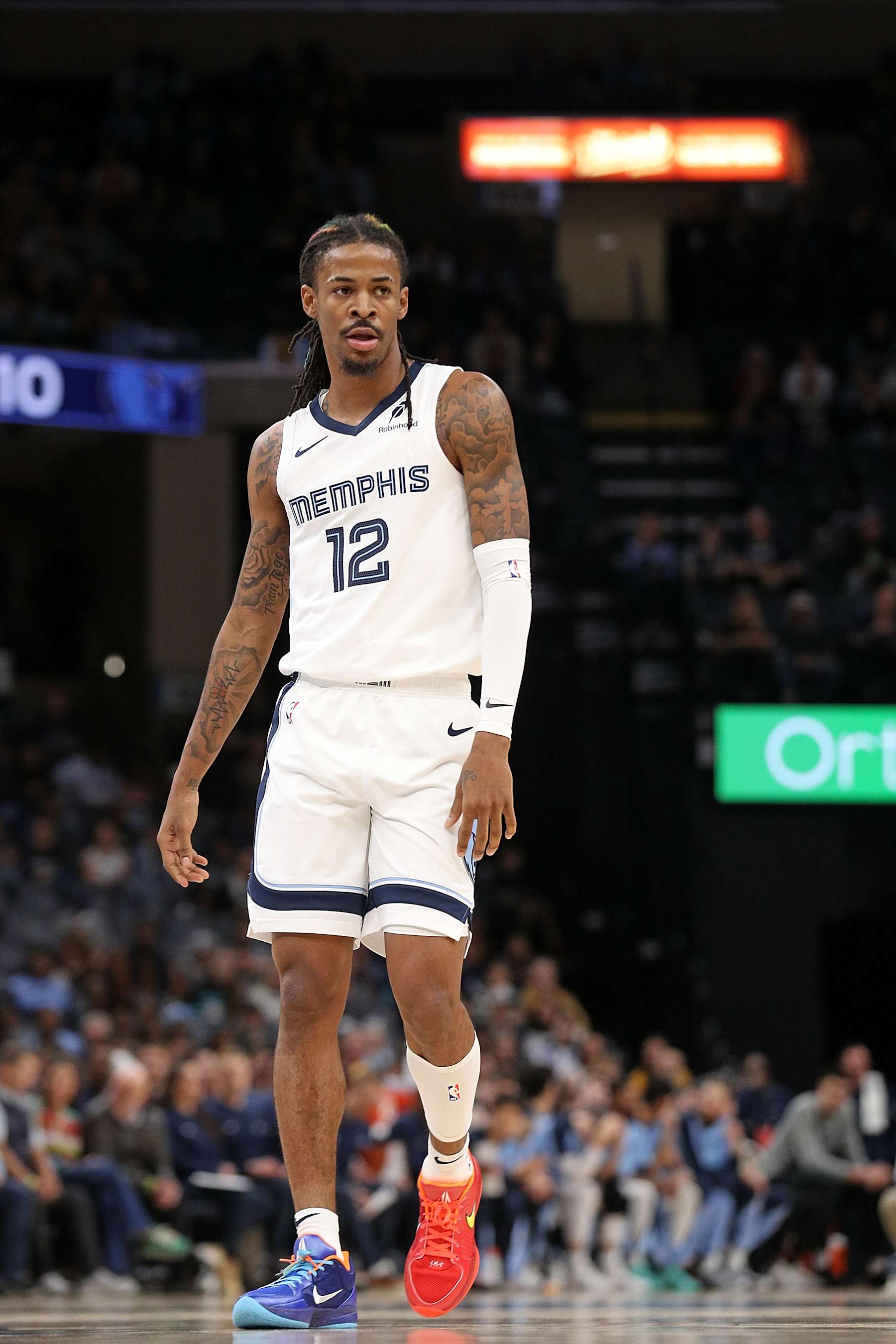
Ja MorantJustin Ford/Getty Images
It sounds a little whiny, but this level of disparity for this many years is genuinely unfair to half the league.
Getting to the Finals from the West is typically a more difficult task. Whatever team emerges from the East is almost guaranteed to be fresher for that last series. Nevermind the fact that simply making the postseason, in some years, requires 10-11 fewer wins in the East.
So, how could the league fix this? Or, at the very least, how could it make things a little closer?
The same league executive thinks seeding the NBA 1-16, regardless of conference, is the best approach. If you want to keep the play-in, go 1-20. And if that means the final playoff field winds up having 10-11 teams from the West and five or six from the East, that’s more lottery balls to the lesser conference.
That could bring some more balance in relatively short order.
He also mentioned the possibility of splitting the league into four pods of eight teams or eight pods of four (following expansion to a total of 32, of course), and then reducing (or maybe even eliminating) games against the opponents furthest from your pod. They could at least do it like the NFL, where you only play those divisions every few years.
Outside of those potentially dramatic shifts, no single approach is guaranteed to bring more balance between the East and the West, though some ideas could at least help.
Assuming the league expands to 32 teams, and the two new ones are in, oh say, Seattle and Las Vegas, the NBA could send the most stable border team to the Eastern Conference. Memphis is a little further East than Oklahoma City, but for the sake of competitive balance, sending the Thunder to the East might be better. Either of those squads would help (as would the expansion teams being bad).
General conference realignment without expansion might help, too. North vs. South could be worth a shot.
Now that every team flies private, schedules that give more consideration to travel time may not be as important as they were in the 1960s and ’70s. That could open the door for an American vs. National system like MLB or NFL has.
Some way, somehow, the league has to address this. The draft really hasn’t. Hoping that generally more competent management would eventually shift East hasn’t, either.
And it was probably fine to wait for it to resolve naturally for a few years, but this has been going on for over 20.
Leave a Reply